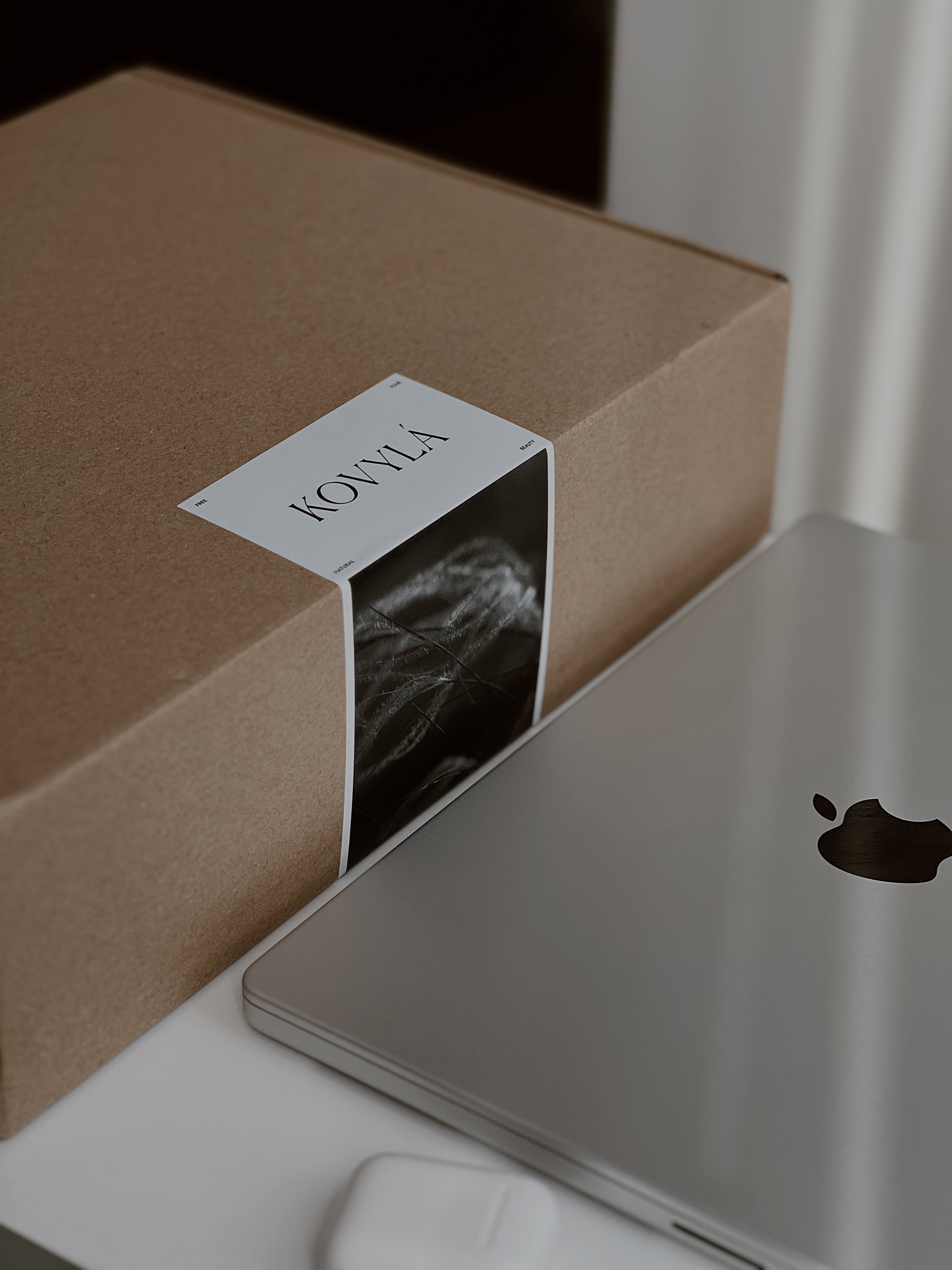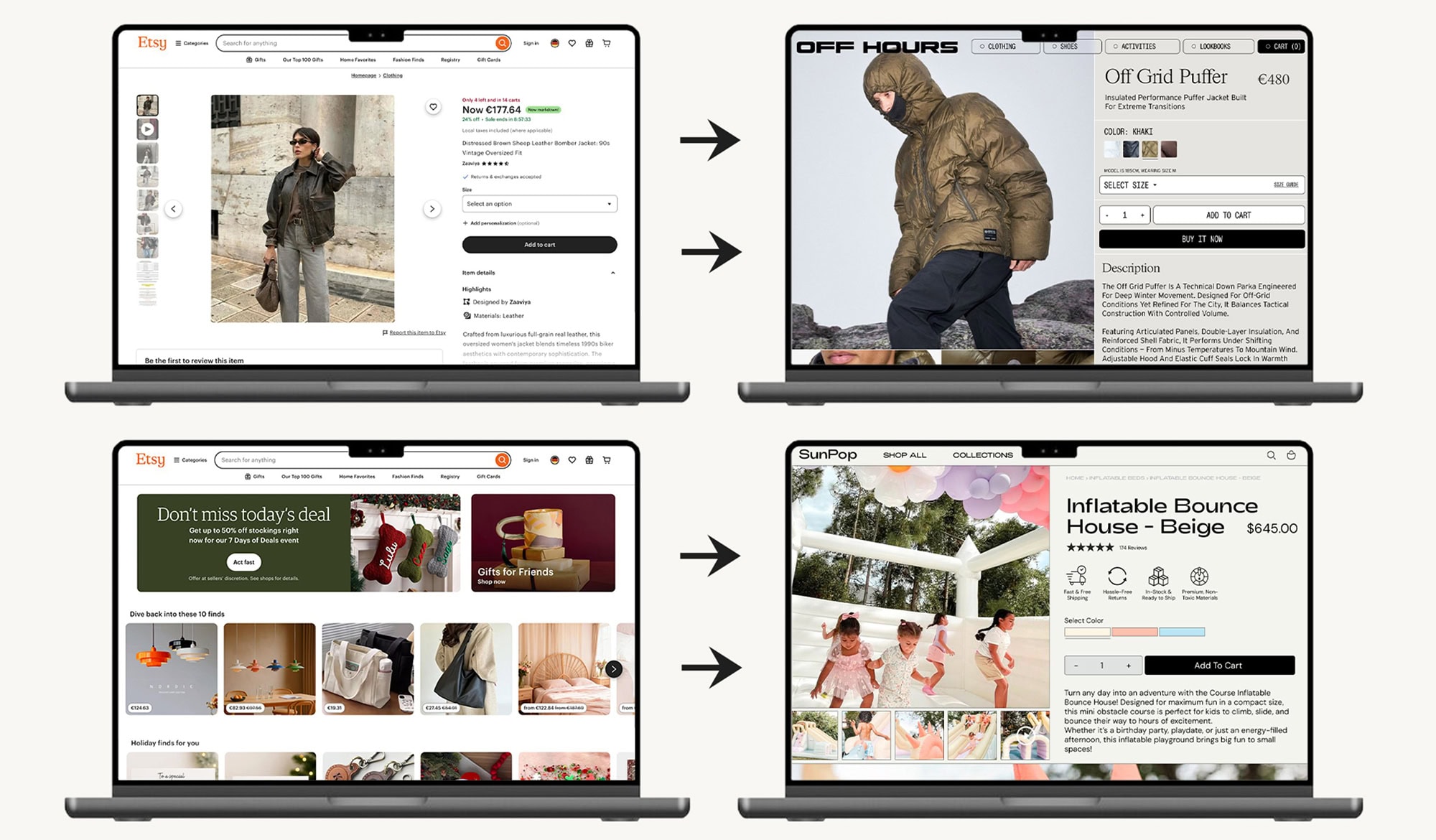The No-BS Guide to E-commerce Fulfillment
I want to save people who drank the ‘trust me bro’ guru kool-aid. I consider it my civil duty.
If you’re here, you’ve probably seen the YouTube ads: a twenty-something in a rented supercar, promising you can make $10,000 this month with zero capital and just a laptop. They make dropshipping sound like a cheat code for instant wealth.
Let’s be clear: that narrative is trash. It’s designed to upsell you a course, not to teach you how to build a real, profitable business.
This post is your antidote. We’re going to strip away the hype and dive into the cold, hard reality of modern dropshipping. We’ll cover the brutal challenges the gurus conveniently forget to mention, and then we’ll detail the actual, sophisticated skills you need to succeed.
1. The $100 Billion Question: Defining the Term
The first step in debunking the myth is understanding what dropshipping actually is.
Defining Dropshipping: A Fulfillment Method, Not a Business Model
Dropshipping is not a business model; it is a fulfillment method.
- Retail vs. Fulfillment
- Retail: Selling products like clothes, electronics, or accessories.
- Dropshipping: Supplier ships directly to the customer; you never hold inventory.
- Wholesale: You buy in bulk and ship from your own warehouse.
- FBA (Fulfillment by Amazon): You send stock to Amazon, and they ship to the customer.
In a dropshipping setup, when a customer places an order on your Shopify store, you purchase the item from a third-party supplier (often overseas), who ships it directly to the customer.
While it’s a low-barrier way to test products, "low-barrier" does not mean "zero-cost" or "zero-skill."
2. The Harsh Truth: Dropshipping's Hidden Costs and Challenges
This is the section the YouTube gurus skip. They preach "start with $0," but that is a dangerous, business-killing lie.
The Myth of "Zero Capital" Start-Up: The Cash Flow Crunch
The single biggest killer of new dropshipping ventures is the cash flow crunch. You are paying before you get paid, and the gap is wider than most beginners realize.
- The 21-Day Hold: Payment processors like PayPal and Stripe often hold your funds for up to 21 days when you first start.
- Upfront Costs: Suppliers expect immediate payment for both the Cost of Goods Sold (COGS) and shipping. For example, if you have 10 sales/day at $20 COGS each, you need $200/day just to fulfill orders.
- Platform Fees: Shopify fees, app subscriptions, and domain costs create a fixed monthly burn rate even before making a sale.
Bottom line: You need capital to float your business for at least 3–4 weeks until payouts clear and ad spend is covered.
Customer Service Nightmares and Changing Regulations
Dropshipping creates two major headaches: shipping delays and lack of quality control.
- Shipping Delays: Delivery times can range from 3–6 weeks due to reliance on international shipping.
- The Cost of Delays: Long shipping leads to frustrated customers, increased service tickets, refunds, and chargebacks. Too many chargebacks can freeze or ban your payment processor accounts.
- Loss of Quality Control: Suppliers control product quality, stock levels, and packaging. Any issue can hurt your brand.
Additionally, global e-commerce regulations are tightening. VAT changes in the EU and stricter customs enforcement worldwide mean compliance is no longer optional.
The Advertising Tax: $50/Day Minimum
Even the best product earns nothing if no one sees it. Advertising costs are rising.
- Minimum Testing Budget: To test ad creatives and audiences on Meta (Facebook/Instagram), expect to spend $50–$100/day. Testing for a week can cost $350–$700 before knowing if the product works.
- The Algorithm: Platforms reward those who understand funnel optimization, pixels, and creative strategy. Beginners often just pay the “advertising tax.”
3. Fundamentals of a Profitable Dropshipping Business
If dropshipping isn’t dead, it’s because a small percentage of people treat it like a serious business, not a hobby.
Profitable businesses are fundamentally sound businesses.
Forget YouTube tips—they don’t teach business fundamentals. Here’s what actually matters:
Core Pillars of a Sound Business
- Profit Margins: Cover COGS, shipping, ad costs, and overhead. Aim for 20–30% net profit.
- Unit Economics: Know your Customer Acquisition Cost (CAC) vs. Customer Lifetime Value (CLV). Spending $30 to acquire a customer who only spends $25 leads to bankruptcy.
- Brand Building: Selling a trusted brand is more sustainable than selling generic products.
Marketing Skill is Key
- The Art of Persuasion: Your copy, website, and emails must address customer pain points and position your product as the solution.
- Ad Creative Mastery: Ads need a hook, clear structure, and a compelling call-to-action.
- Meta Ads Mastery: While TikTok and Google Ads are great, mastering Facebook/Instagram is often key to scaling.
Product and Offer Strategy: Solve Real Problems
Generic products no longer sell. Focus on products that solve real problems for a specific niche:
- Posture Corrector: Solves back pain from desk work. High perceived value, great for before/after video ads.
- Car Seat Gap Filler: Prevents dropping phones/keys. Simple, low-cost solution for universal annoyance—high impulse buy potential.
- Pet Deshedding Glove: Reduces pet hair on furniture/clothes. Emotional appeal, easy to showcase in videos.
If you pick problem-solving products, master marketing, build a trusted brand, and create a solid offer, you can succeed.
4. Modern Dropshipping Success: A 3-Phase Roadmap
Phase 1: Validate Product and Offer
- Market Research: Use tools to see what products are selling successfully.
- Supplier Vetting: Order samples, test product quality, packaging, and shipping. Secure a reliable supplier, preferably with branded packaging options.
Phase 2: Build a Trustworthy Brand
- Professional Store Setup: Your Shopify store should look like a million-dollar brand. Invest in a good theme, high-quality photos, and professional copy.
- Legal & Trust: Include TOS, Privacy, and Refund Policy. Provide tracking info and customer reviews to build trust.
Phase 3: Launch and Scale Ads
- Testing Strategy: Start with $50/day and test 3–5 creative angles against a broad audience.
- Analyze Data: Focus on Click-Through Rate (CTR) and Cost Per Purchase (CPP). Adjust creative or product/offer accordingly. Kill losers fast, double down on winners.
5. Conclusion: The Verdict
Is Dropshipping Dead?
No. Dropshipping is not dead, but the “easy money” dropshipping of 2017 is.
Entry is still easy, but success now requires sophisticated marketing and branding.
Future of E-commerce Fulfillment
Smart e-commerce businesses are moving toward hybrid models:
- Dropshipping to Validate: Test products without inventory risk.
- Private Labeling / 3PL: Once validated, order in bulk, brand the product, and ship via a 3PL warehouse. Faster shipping, better quality control, and a real brand asset.
Stop following gurus. Stop chasing hacks.
Focus on timeless business principles:
- Master marketing
- Solve real customer problems
- Build a financially sound operation
Do this, and dropshipping—as a fulfillment method—will be a powerful tool. Ignore it, and you’ll just pay the advertising tax for someone else’s yacht.
Do We Work with Dropshippers?
The answer is: yes… and no. It depends.
If you’re running a genuine business with a clear plan, a long-term vision, and a real understanding of what it takes to operate a company, then yes—we’re happy to work with you. We love helping serious entrepreneurs build professional, trustworthy Shopify stores that grow sustainably.
If, on the other hand, you’re looking to hire us just to pretend you have a plan while chasing a “get rich quick” scheme, the answer is no. We only partner with clients who are committed to building a real business, not just chasing shortcuts or illusions of success.








.jpg)

